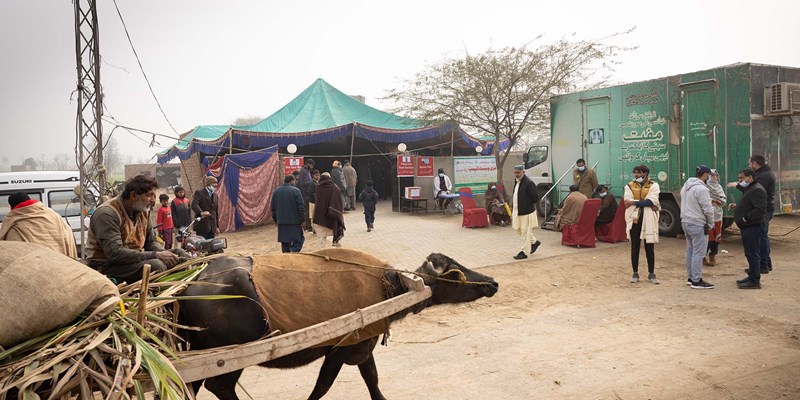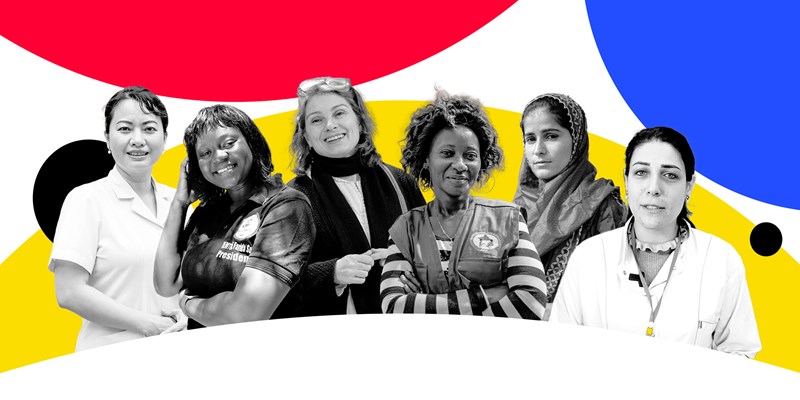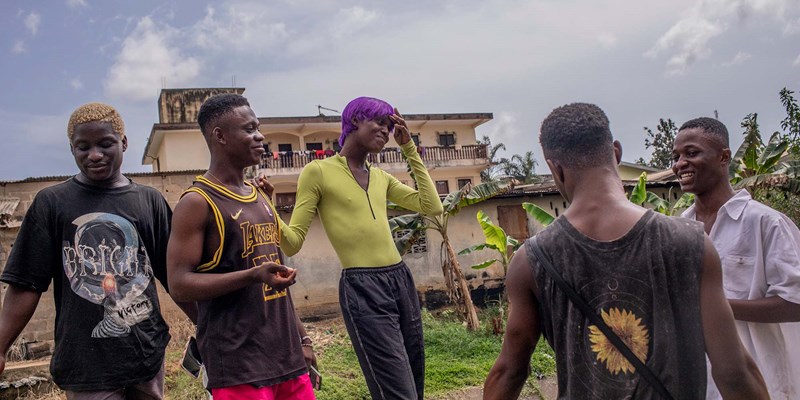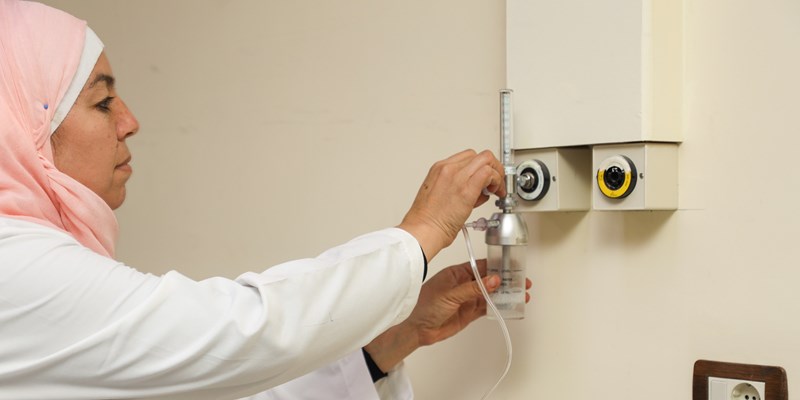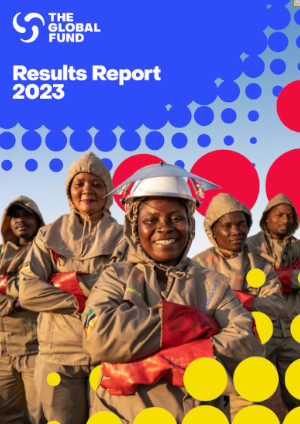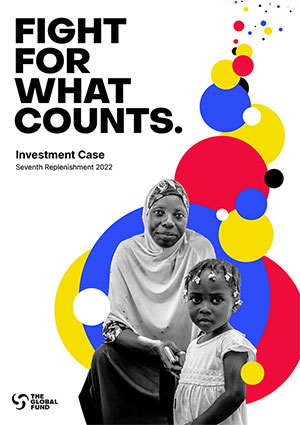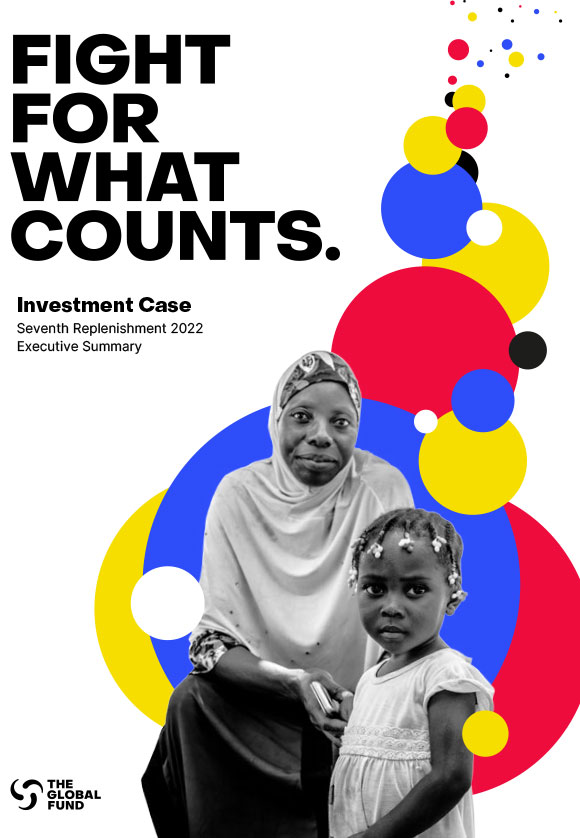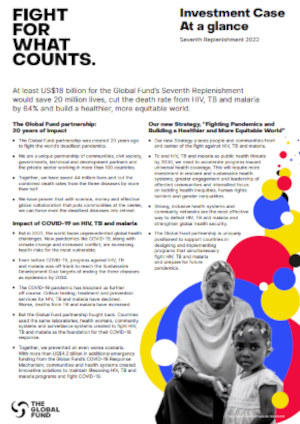Partners in Eastern and Southern Africa Look at Investment Framework
07 April 2014
WINDHOEK, Namibia – Partners from countries in Eastern and Southern Africa opened a four-day meeting in the Namibian capital this week to examine how to make investments achieve the greatest possible impact in partnership with the Global Fund to Fight AIDS, Tuberculosis and Malaria.
More than 150 people – from governments, civil society, technical partners in 12 countries – came together to discuss the Global Fund’s new funding model and to look at how to optimize use of all available funding. Encouraging each country to prioritize investments and coordinate them with national plans and strategies for health is a central theme of the new funding model.
Dr. Richard Kamwi, Namibia’s Minister of Health and Social Services, opened the meeting by asking participants to champion an increase in domestic investments in health, which he said would strengthen partnerships and safeguard the gains of the past 10 years.
“Speak to your governments,” said Dr. Kamwi. “Unless we sustain these gains, the progress we have made will have been futile.”
In the spirit of partnership, Dr. Kamwi announced that his country’s cabinet had authorized a donation of US$1 million to the Global Fund.
The new funding model was designed to more fully deliver on the promise of partnership that created the Global Fund in 2002. That includes strong country ownership, increased domestic spending on health and a focus on human rights.
Prof. Sheila Tlou, Director of UNAIDS Regional Support Team in East and Southern Africa, told the meeting that the region should use the new funding model to ensure that marginalized people not only get prevention and treatment but are also involved in decision-making.
“We need to ensure that key populations are involved in the formulation and implementation of programs under the new funding model,” she said. “We need to ensure that no one is left behind.”
Cynthia Mwase, the Regional Manager of Southern and Eastern Africa at the Global Fund, said that the new funding model integrates human rights and partnership into new grants, and also provides a strategic roadmap on how the region can remove the three diseases as threats to public health. She said the meeting was organized to help Global Fund partners in the region to prepare to attain impact through the US$1.7 billion now available for the funding period.
“We hope that all of us will leave here ready to reduce disease incidence through the new funding model,” Ms. Mwase said.
Implementing the new funding model is a culmination of years of work by diverse partners, said Shaun Mellors, Associate Director of the Africa International HIV/AIDS Alliance. Mr. Mellors played a leading role in devising the new funding model, as a member of the Global Fund Board and as Vice-Chair of the Board’s Strategy Investment and Impact Committee. He recounted the journey to the new framework, saying it started as an answer to calls for change that the old funding model faced.
“The Global Fund was no longer responding to the need given the changes in the disease profile,” he said. “The rounds-based system was creating inequality and unfairness in resource allocation.”
Encouraging the participants in the meeting to make the best use of the new funding model, Mellors said the funding mechanism had taken root, and would soon be time to stop calling it new.
“The new funding model is now out of the showroom, it is no longer new,” he said.
